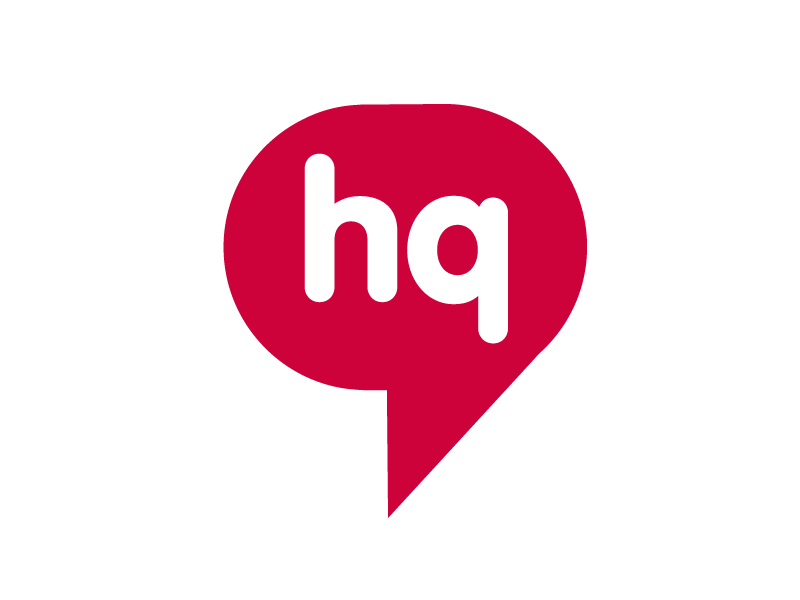
Photo Credit: Social Media HQ
It’s going to be a very active term for the Supreme Court over the next few months when it comes to social media. There are five big social media cases scheduled on the docket, and each one of them has the ability to impact the future of social media. Most legal analysts are now predicting a long battle going forward into next summer. There’s a lot at stake, so let’s dig in.
Overview of cases
There are five key cases worth watching. They all attempt to determine what the government’s relationship should be with the likes of Facebook, X (formerly known as Twitter), YouTube, and Instagram. In other words, should the government be taking an active role in setting policy for these social media platforms? Or should it attempt to stay as distant as possible, especially when it comes to the more frivolous cases, and let the free market do its thing?
Of the five cases, two are considered “low stakes.” They both attempt to determine whether a government official should be able to block someone on social media who dissents with his or her views. For example, one case involves a school board official in San Diego who was getting absolutely trolled on social media. Parents who disagreed with the views of the school board started going after this government official on social media, to the point where it was getting outright obnoxious. At one point, they left 226 identical replies to a single social media post. So, as might be expected, the school board official started blocking them. But this raises all kinds of questions about protected free speech and the right of a government official (when acting in a public capacity) to censor opposing views.
Then, there are two other cases that are considered “high stakes.” These involve lawsuits brought by officials in Florida and Texas, who were concerned about the censorship of conservative voices on social media. The question here is whether the government can order social media sites to publish content they do not want to publish. For example, if Facebook really, really, really does not want a certain conservative viewpoint expressed on its platform, can the government make them publish that content anyway? This raises the question of whether social media companies are “publishers” or “platforms.” The government would never be able to coerce a publisher, but it’s different when it comes to platforms.
And, finally, there’s one case that asks whether the government can force social media platforms to pull down certain types of content. This is most relevant for the Biden Administration, which has been accused of exerting heavy pressure on the biggest Silicon Valley players to remove or take down content that it does not like, such as content related to COVID-19. You can see immediately how this raises all kinds of issues related to protected free speech and censorship.
The content moderation wars?
If there’s one theme that seems to unite all of these cases, it’s content moderation. This is something that the biggest social media platforms are struggling with these days. In other words, how do they moderate content such that they appease advertisers without trampling on the constitutional rights of users? Advertisers don’t want to have a presence on platforms where hate speech and disinformation run rampant, so social media platforms have done the best they can do – sometimes even deploying advanced AI-powered algorithms – to clean up their platforms. But this, as you can imagine, can rub people the wrong way if it results in users getting banned or certain content being removed.
So definitely keep an eye on these Supreme Court cases. While you could argue that some of them are rather frivolous (such as the one involving the frazzled school board official), they all will impact the type of content we see on social media, as well as our ability to get these platforms to pull down certain types of content. In short, they will determine what kind of experience we have the next time we go on any social media platform.